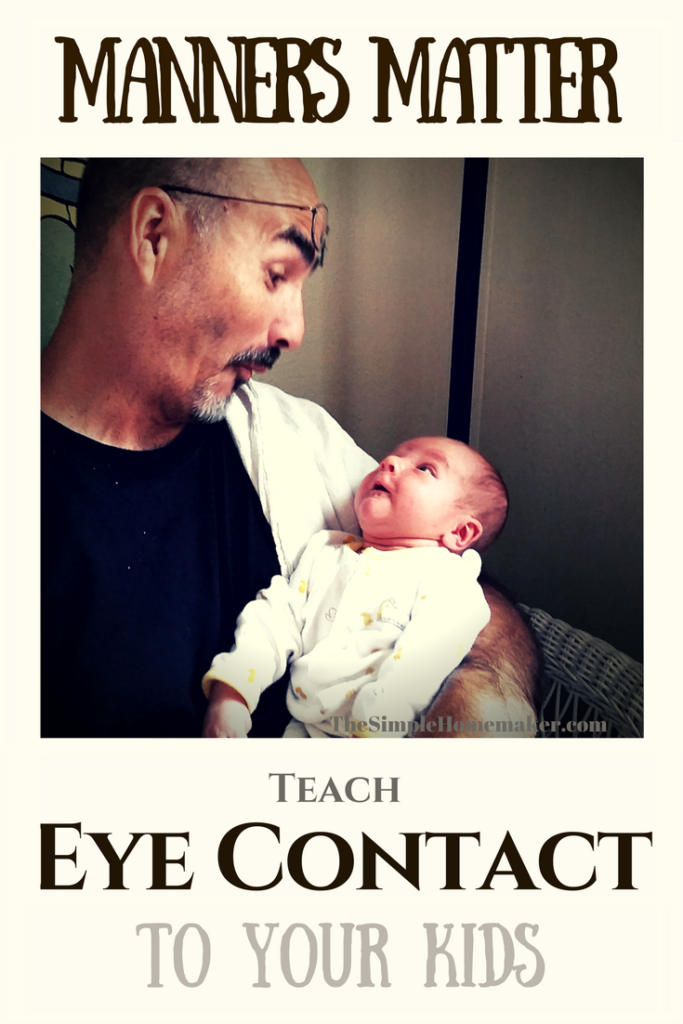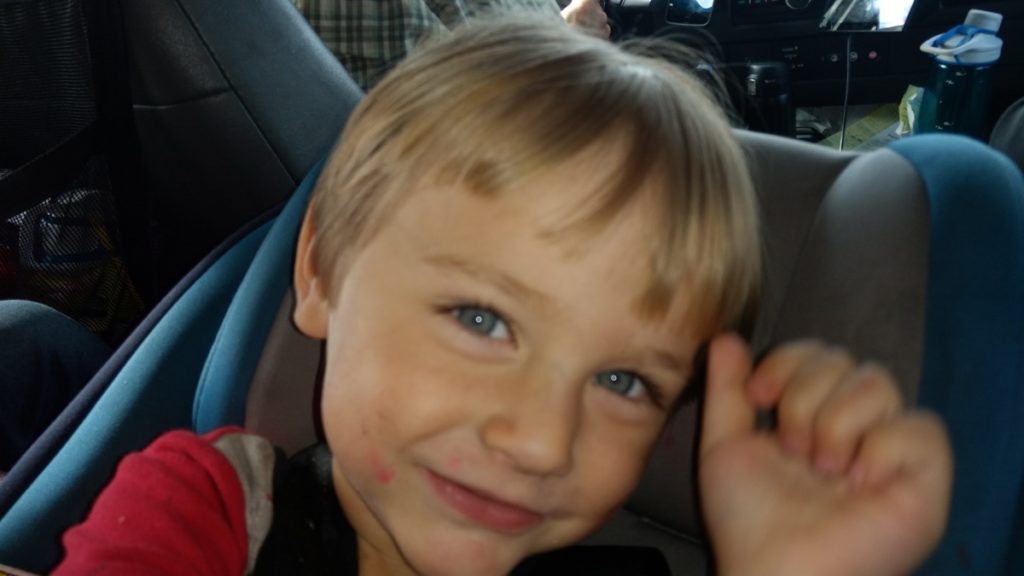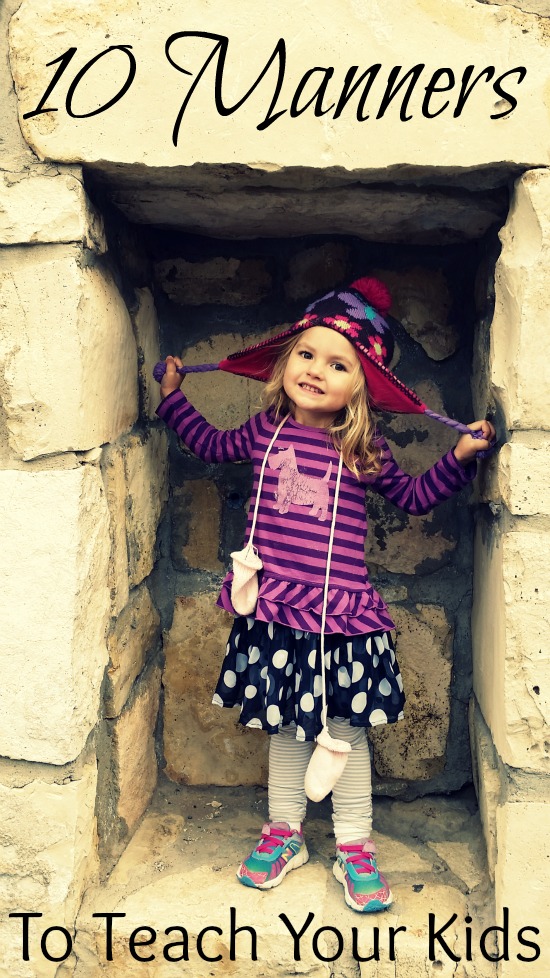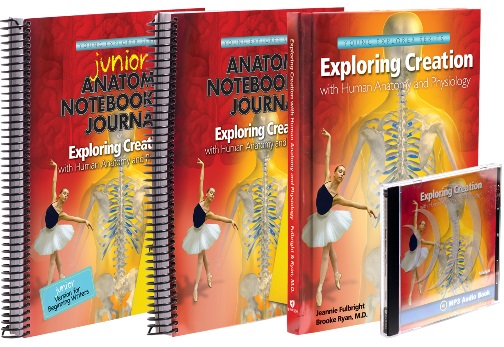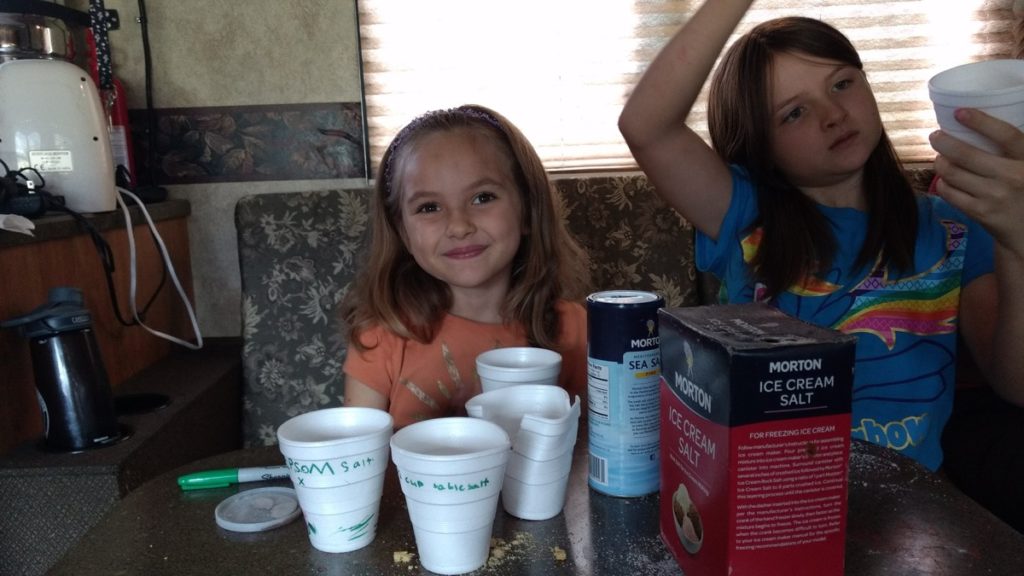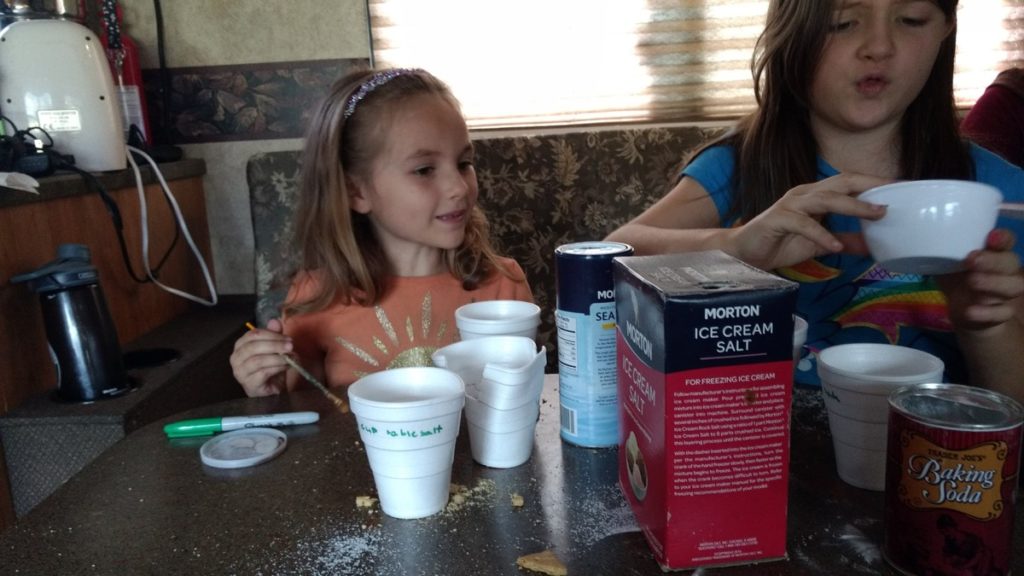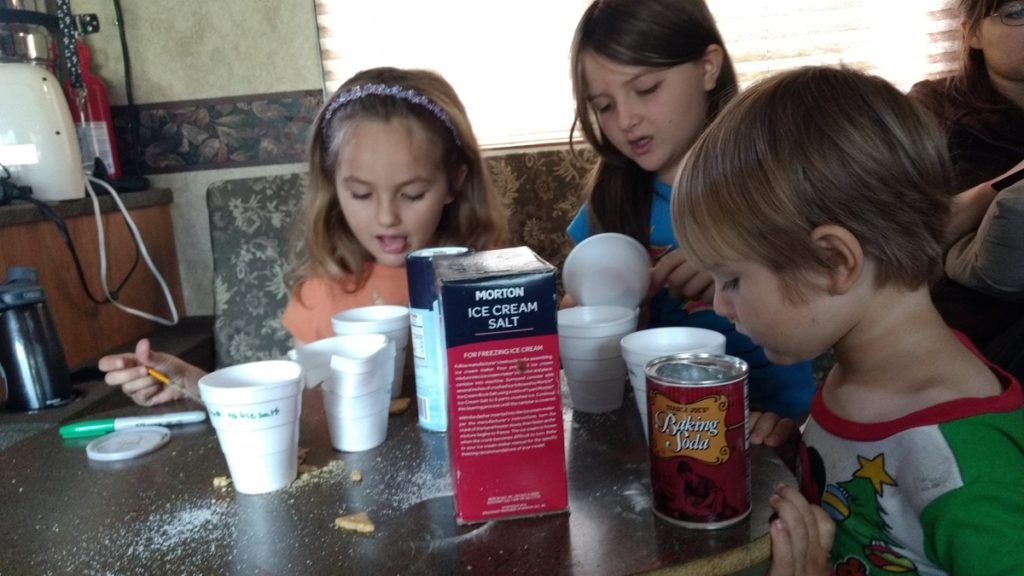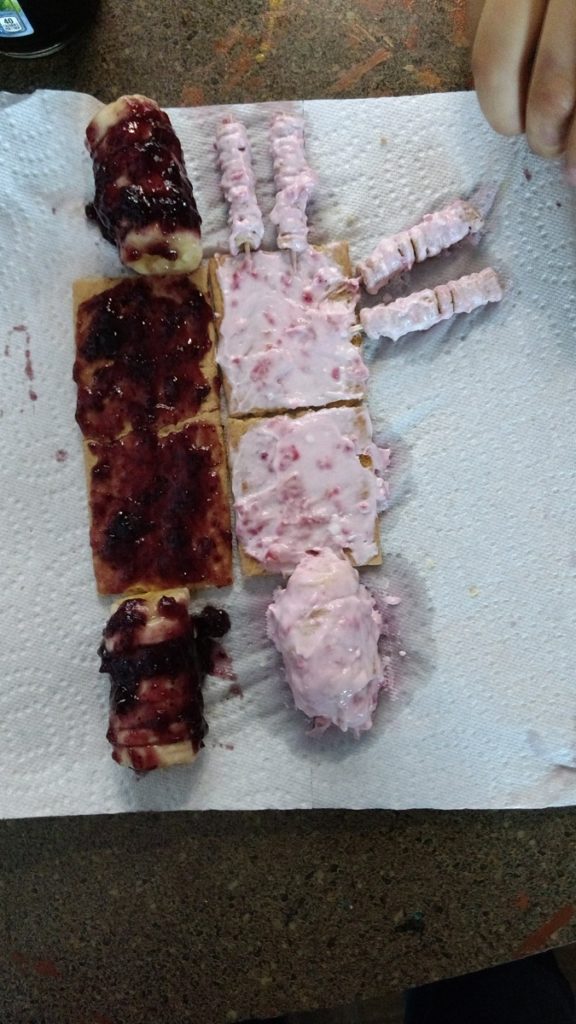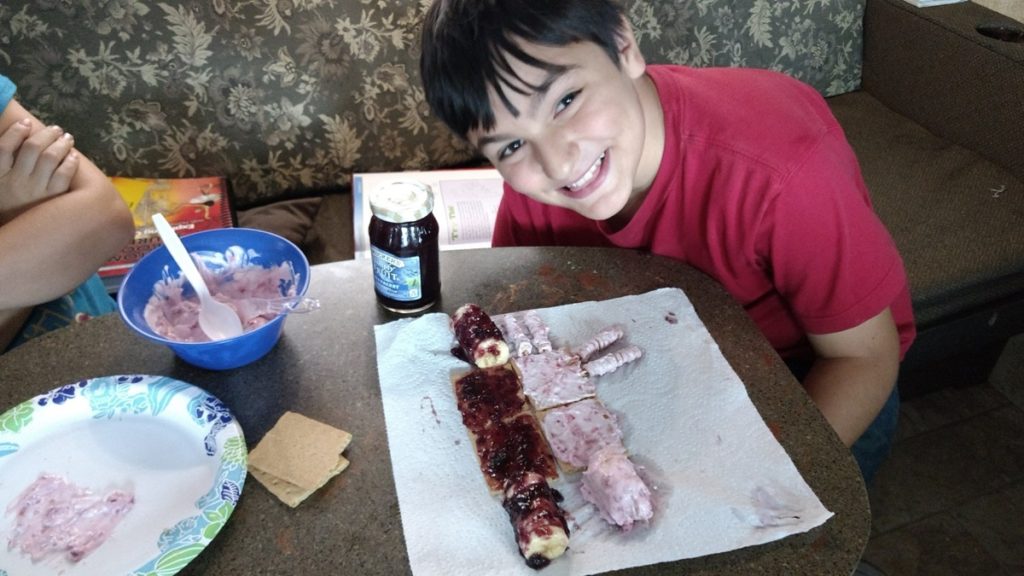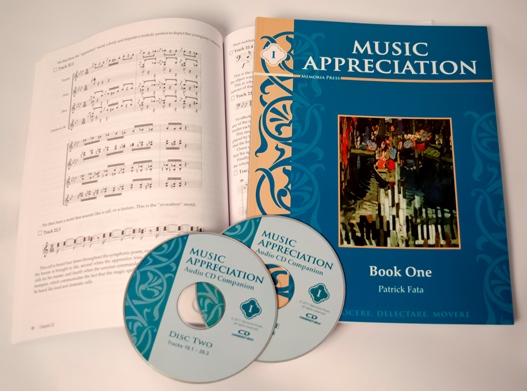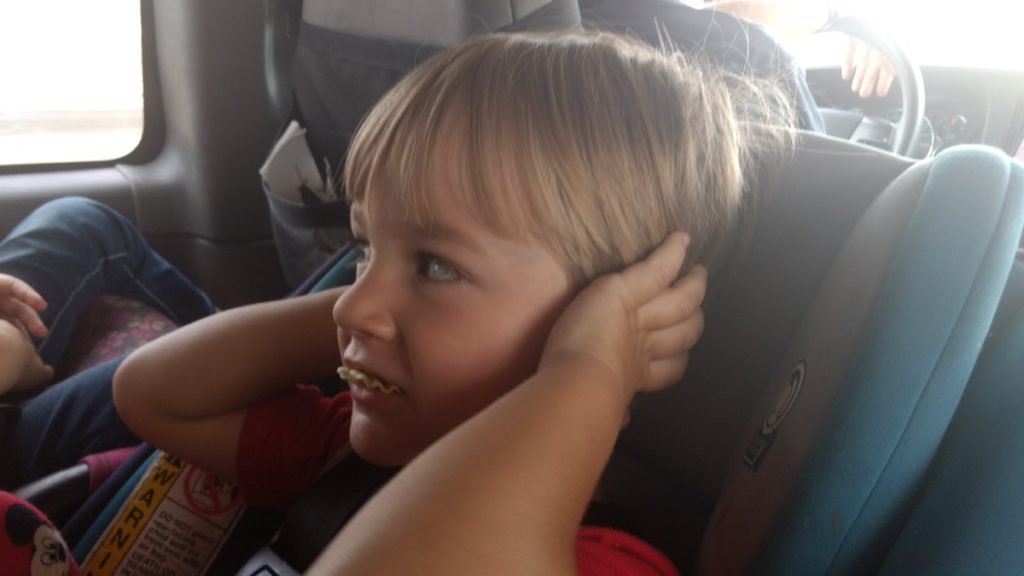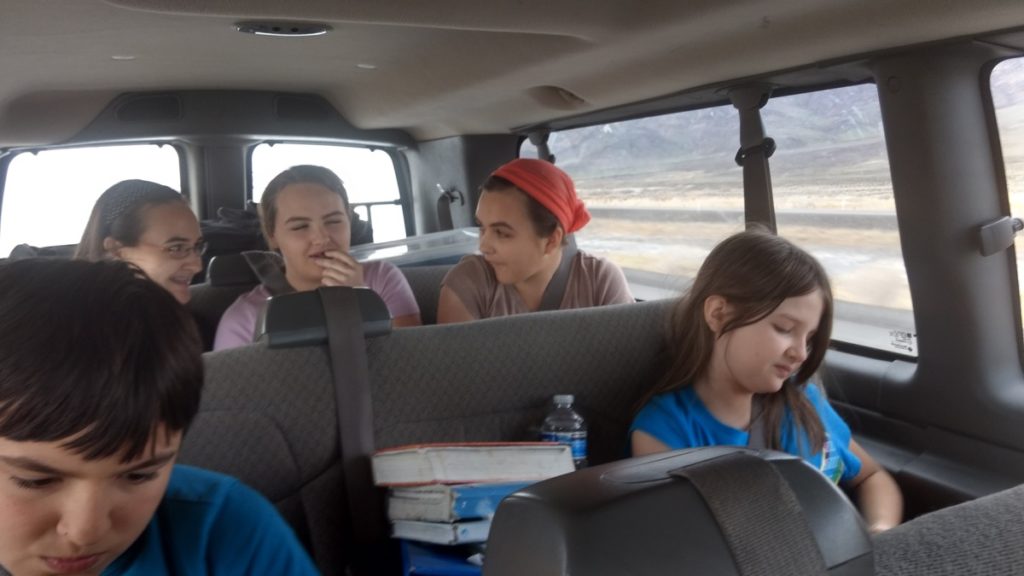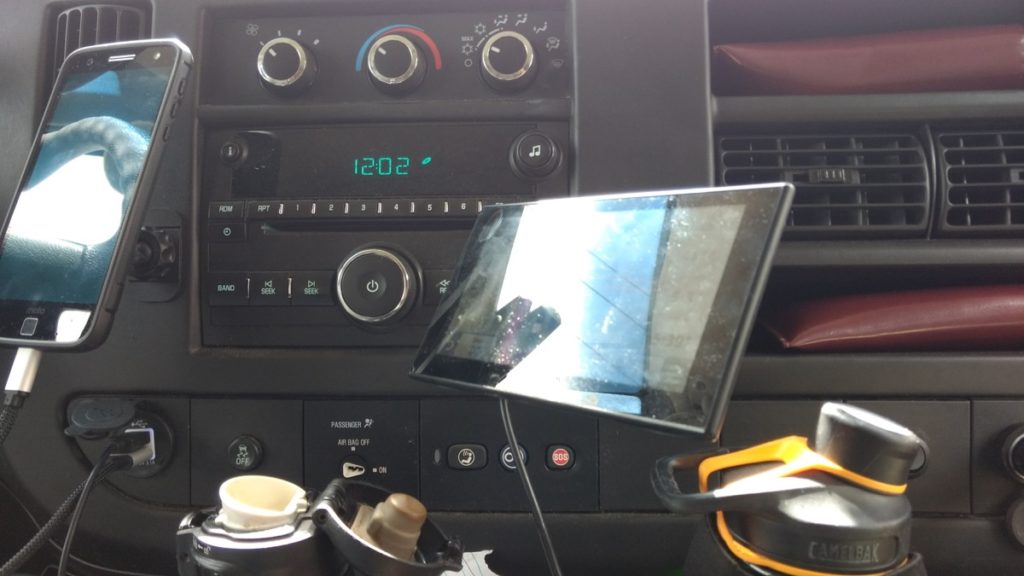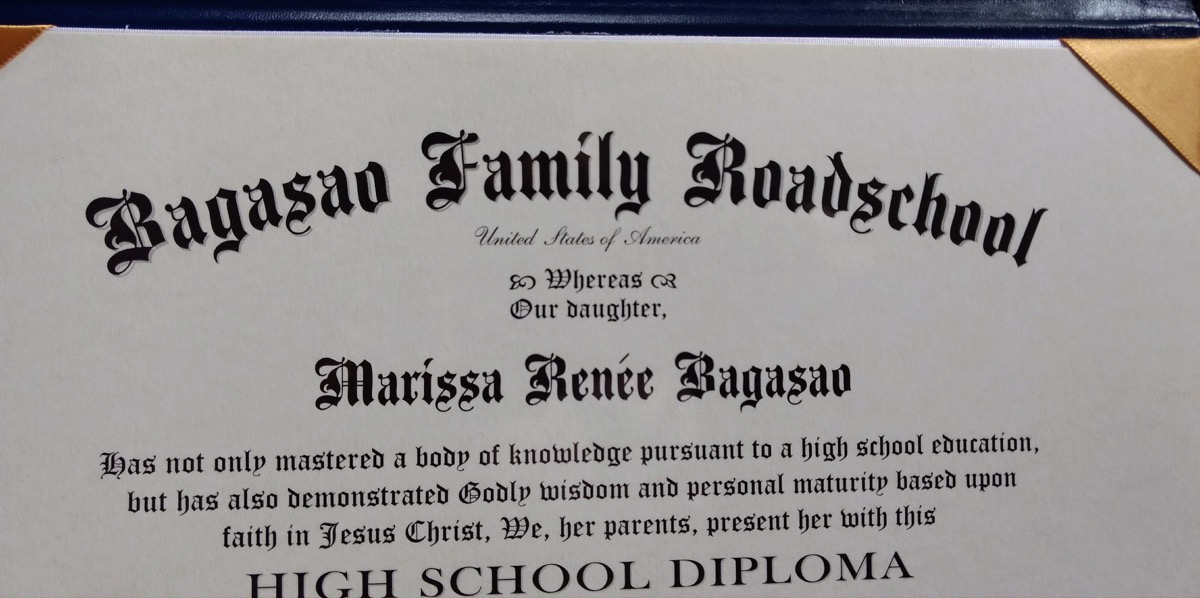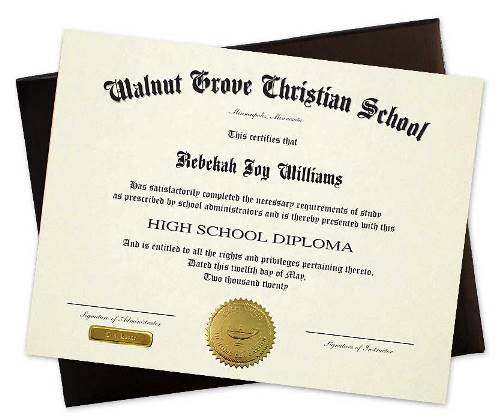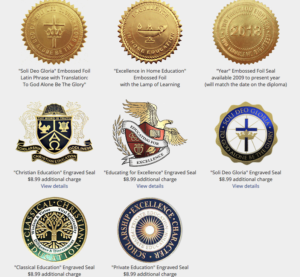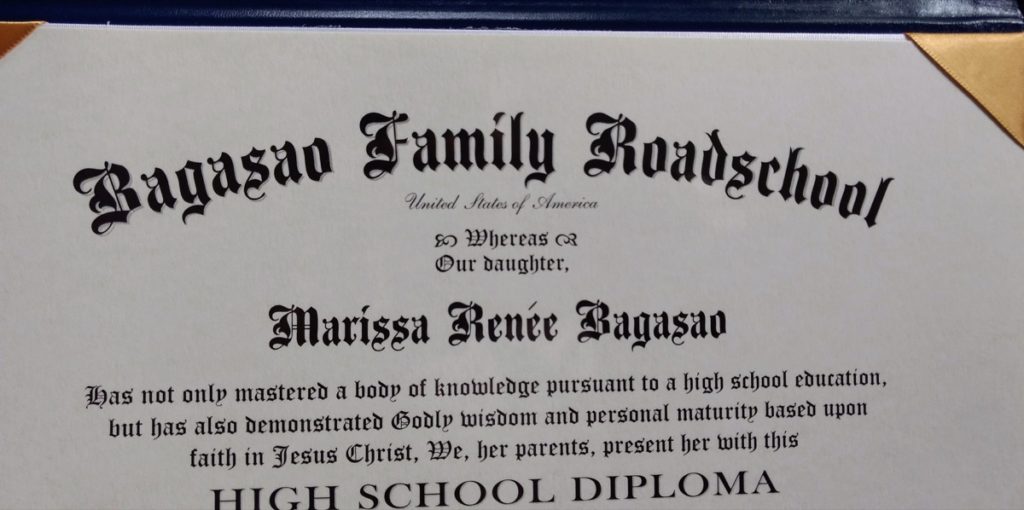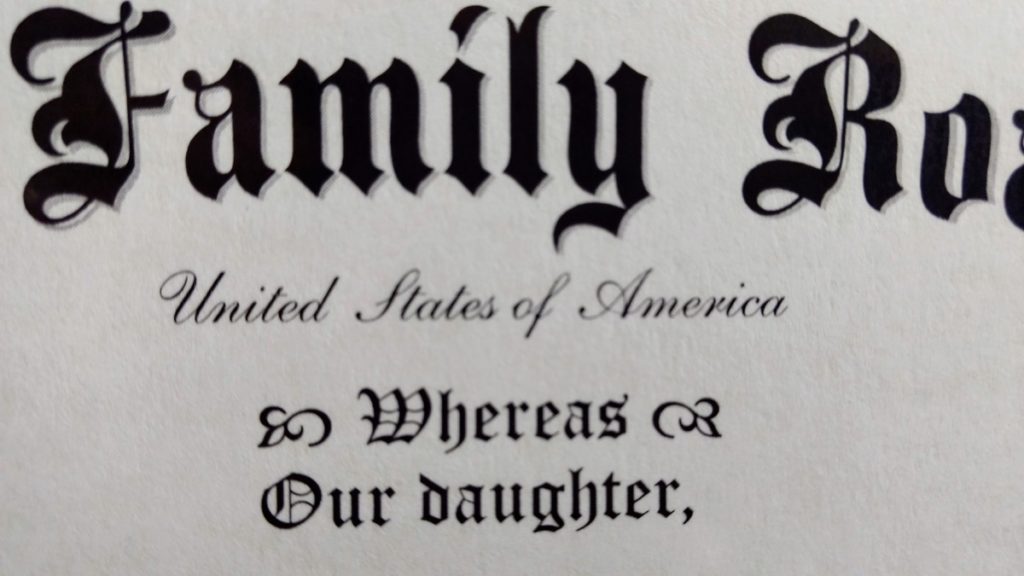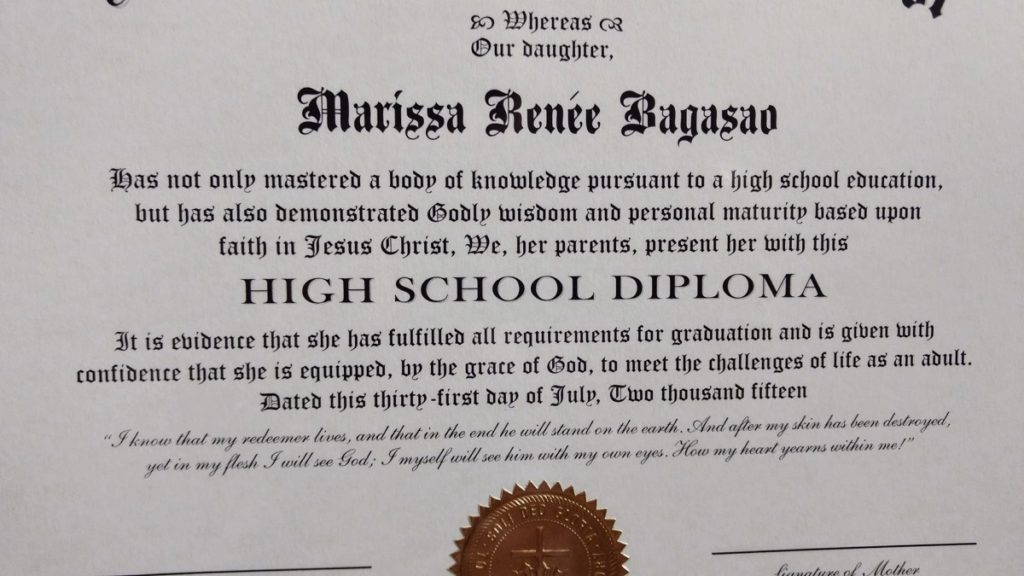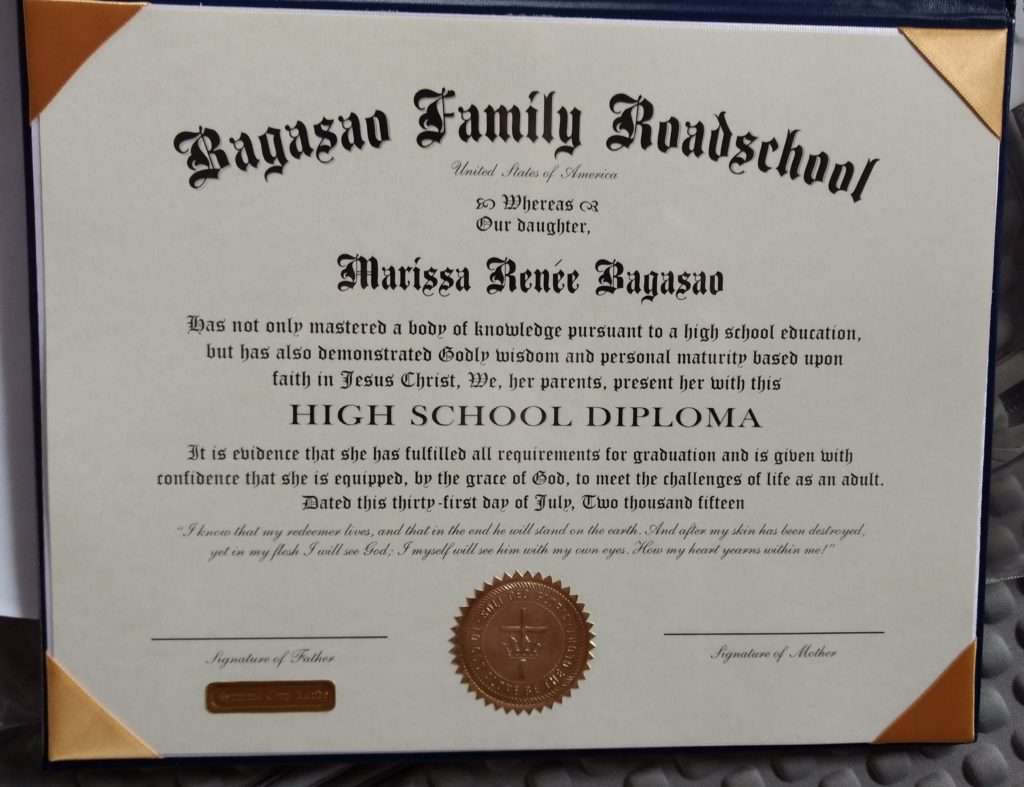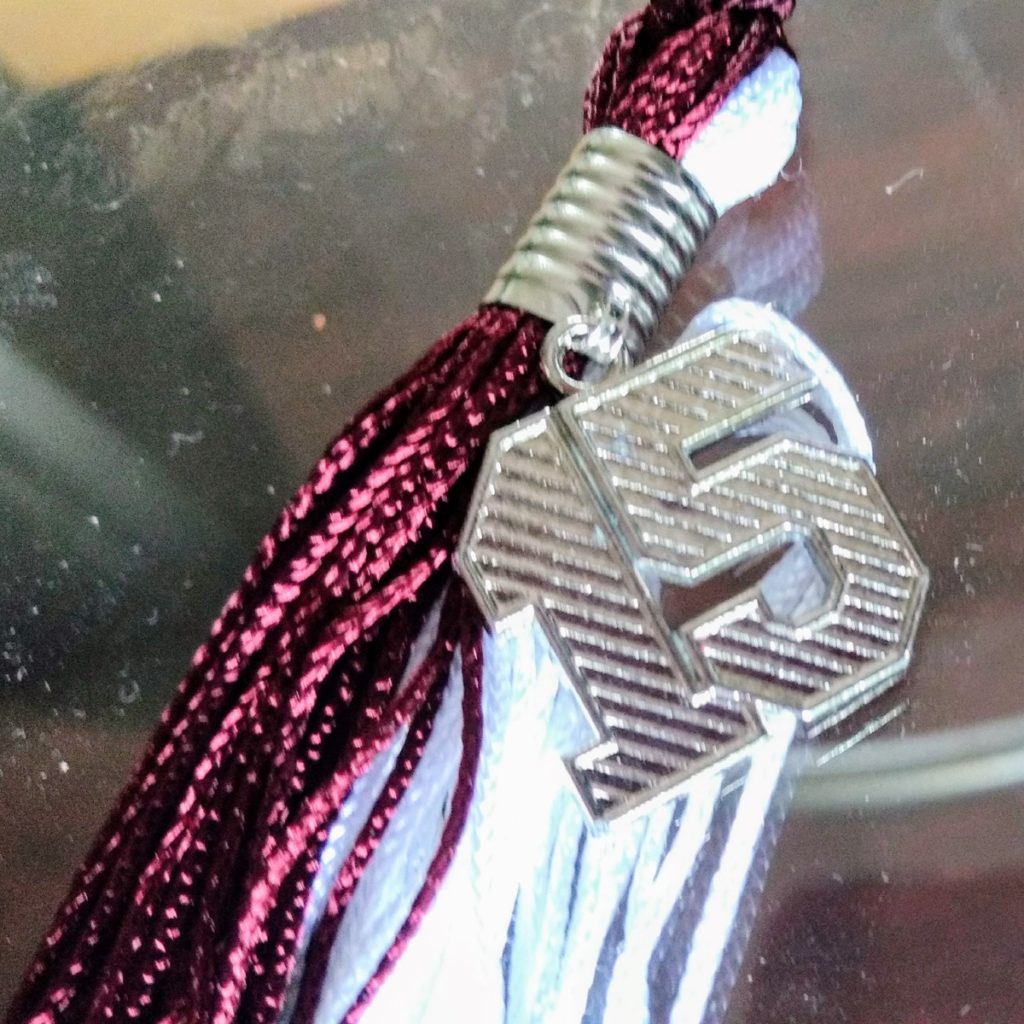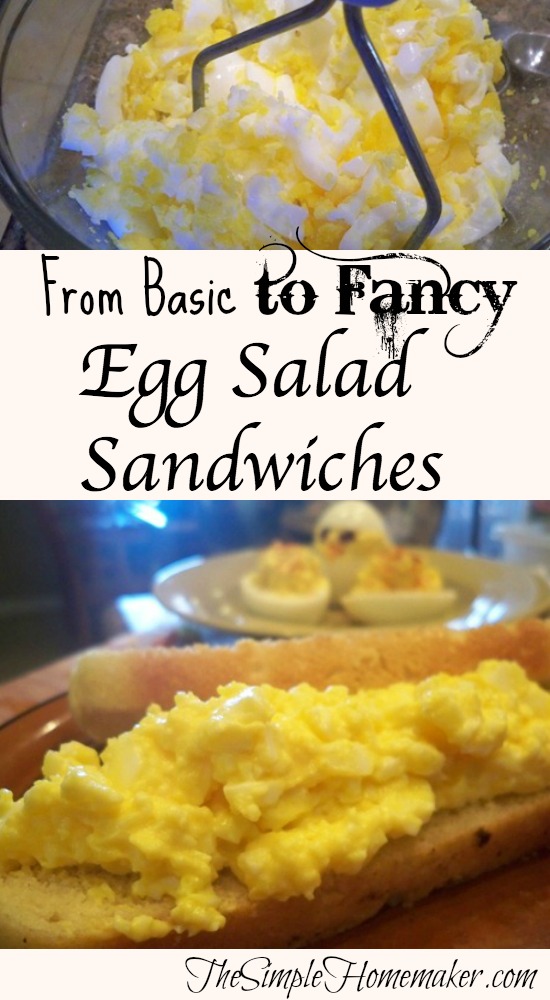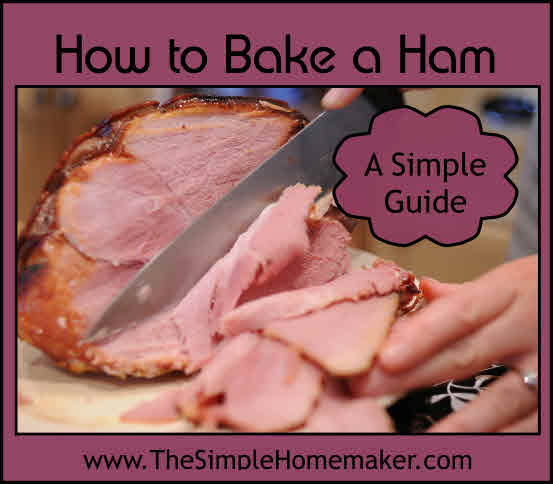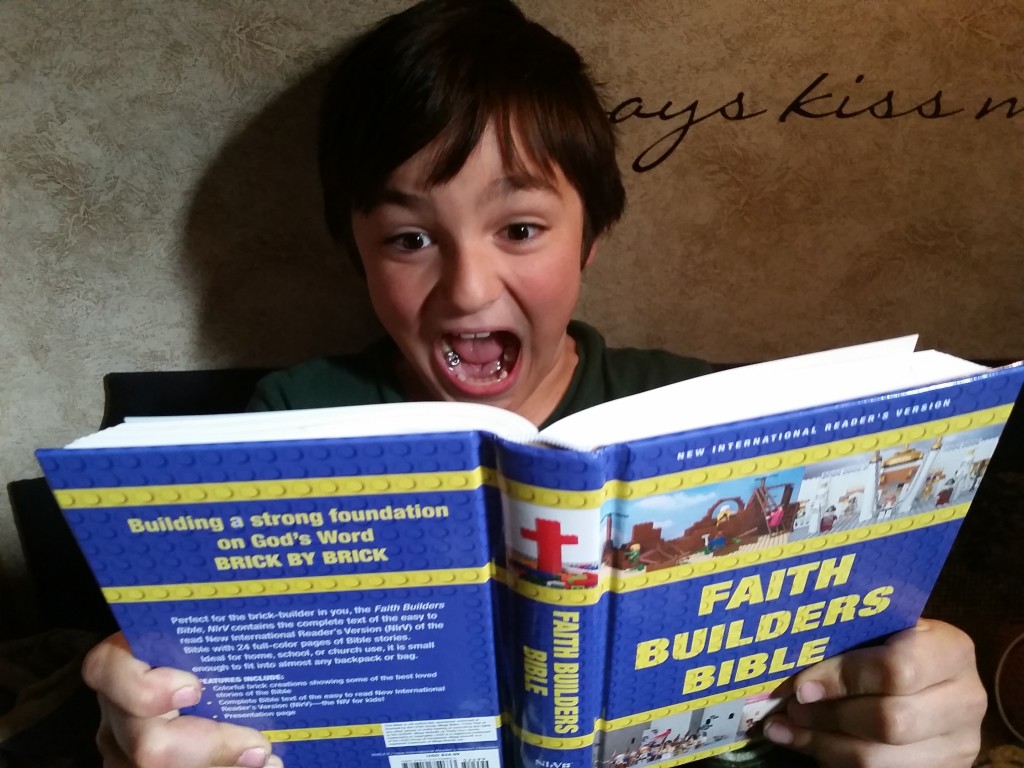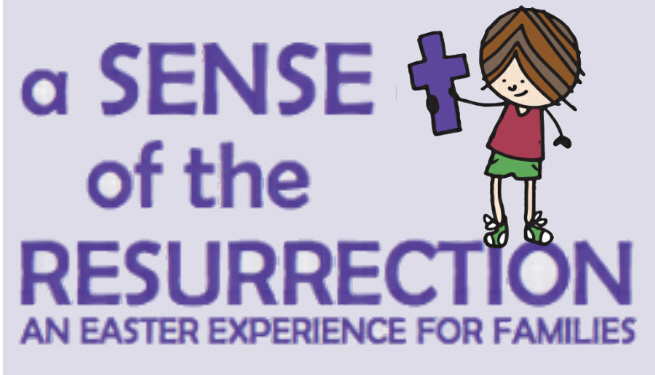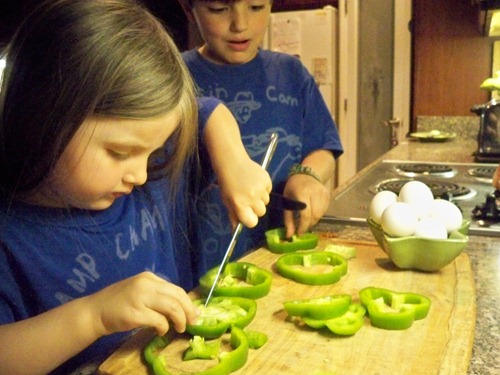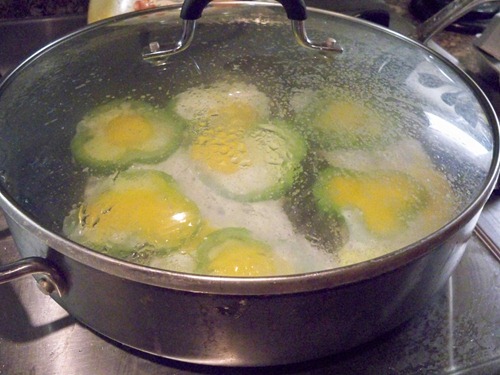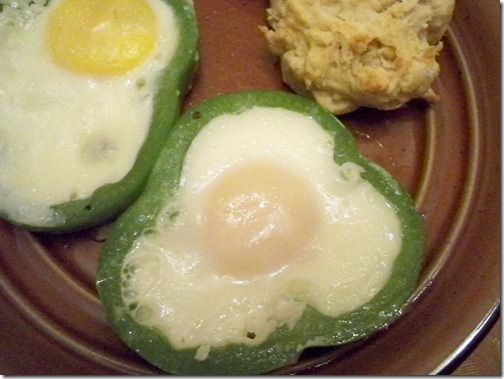Welcome to lesson Number 1 in 10 Simple Manners to Teach Your Children. (This may contain affiliate links.)
In the “every child was perfect” generation (ha ha–just a little joke), children were taught to make respectful eye contact. Not the “I can do what I want” eye contact, also known as insolence. Not the “I’m looking but not listening” eye contact, which is called day dreaming. But legitimate eye contact.
This quality must be extremely rare in today’s youth, because when I talk to a young person (teen or child) who not only makes eye contact but holds it, I notice. Pay attention and you’ll see what I’m talking about.
Now, eye contact is a tricky thing, because, of course, there is the autism spectrum, of which I will not even pretend to be an expert…not even for cookies. Then there are kids (like I was) who are simply painfully, agonizingly shy. There are also the kids who for some reason or another have no respect for authority and use a lack of eye contact to communicate that. These groups have more to overcome than the kids who simply don’t even realize eye contact is a thing, much less an important thing. I’m not tackling all those topics in a li’l ol’ blog post. Let’s just give some ideas here and you can see what works for your set of blessings.
It really matters!
Some people (adults included) are completely unaware of what eye contact says or does. I love this description I came across this morning in Come Rain or Come Shine {affiliate link} by Jan Karon, as Father Tim remembers his dog:
When he had the need to talk to someone who would actually listen, his dog had been his go-to. Had Barnabus dozed off? No. Had he gazed around the room as others sometimes did? Never. His dog had kept his gaze fixed steadily on his master, as if he were entranced by every word, even those unspoken.
Let’s learn from faithful old Barnabus.
Eye contact makes people feel that what they have to say is important. It makes them feel like you are listening, that you care, that they are worthy of your time. That’s a pretty big deal. It also makes people realize that you, eye-contact-holder, are (potentially) a good listener. (Actually listening helps, too.)
Once kids realize how important eye contact is, many of them will start working on it on their own. That’s my favorite.
What color?
When one of our children was three, she was agonizingly shy. She pretty much spent her socializing-with-adults time pretending nobody could see her, and since we are on the road full-time in a ministry life, that’s a tough place to be.
So we worked with her step by step. One of the steps we took was encouraging momentary eye contact (not holding it for long). We told her to see what color the eyes were of every person that said hello (or goodbye or how about a cookie) to her. That gave her about two or three seconds of eye contact with each person who spoke to her, which was significantly up from zero! Eventually we told her that some people have different colored eyes, which made her peek at both eyes. It didn’t help her listening skills, but she was three.
Demonstrate.
Show your child how it feels to have your eyes on something else when they’re trying to talk to you. Set up the situation by saying you’re going to try something and then asking a question and looking everywhere but at the child. Then discuss that feeling.
Most importantly of all, exemplify good eye contact when your kids talk. Kids say 5000 things just before breakfast, so this used to be really hard for me, you know, trying to feed my family and not burn the trailer down and making eye contact, until I realized that it was okay (and desirable) to say, “I’m sorry. I can’t listen to you just yet. Give me a minute and then I can pay attention better.” And then I can give them my complete attention when I say I will.
Also, put down the phone! ‘Kay? ‘Kay. Seriously. Just do it.
Remind.
When my little ones (and sometimes other sized ones) are talking to me and their eyes are wandering around the room or they’re looking at the floor, I will say the phrase that I’m sure has become annoying but will stick in their heads (and probably their grandchildren’s heads), “My eyes are up here.” The reminder shifts their eyes to my face.
Sometimes I say, “My eyes are up here. Ask me again.” And on a really nice day, I will say, “My eyes are up here. Ask me again, please.”
Teach it.
When learning social skills, we set up role plays with our kids. “Hi, I am the appropriately named Mrs. Pastor’s Wife. How are you today?” And so the conversation would go as the child practiced eye contact and some other skills.
Practice.
One of the most common forms of practice my kids have experienced is having to repeat a question, but with eye contact (see remind section) before I will answer. (Obviously not if a child is upset–training works best in calm situations.)
Practicing at home is ideal. You can ask the child a question he obviously knows the answer to, and tell him to practice good eye contact. Simple.
The best and most difficult practice is the real world. After observing my kids in the real world, I will mention, for example, that they need to hold eye contact longer, that their eyes wander when their mouths are moving, or that looking at a dude’s shoes is not the same as looking at his face.
Marathon practice.
I just watched a video of a father and son sitting face to face with rolled up magazines in their hands (I might opt for squirt guns or M&Ms). They had a two-minute timer set, and they were required to maintain eye contact the entire time as they asked and answered questions. If one of them broke eye contact, the other would swat him in the leg with the magazine. In my family, that would be funny, but in some families or with children with less secure backgrounds, the magazine swat is not a good idea. Adjust as you see fit.
Moderate.
Sometimes it’s hard to look someone directly in the eye. It’s okay (although perhaps distracting for some of the more acrobatic faces) to look at their eyebrows. Foreheads work. Make cheeks or mouths.
Advanced skills.
It’s sometimes creepy when you’re talking to someone and that person is staring intensely at your eyes without blinking or breaking contact for, like, five minutes. You kind of wonder if the mind is still there, because only zombies don’t blink. (Is this true? Do zombies blink?)
Teach your kids that it’s okay to look away while they’re thinking of an answer. It’s also perfectly normal to look up or sideways about every 10 seconds. Looking down, however, shows disinterest. I don’t know who writes these rules.
Your direct eye contact is one of the best compliments you can give another human being. You are subliminally telling them that you are listening, they matter, and that what they have to say is important.”
~Susan C. Young, The Art of Body Language: 8 Ways to Optimize Non-Verbal Communication for Positive Impact
Don’t be a zombie.
My last zombie pointer is not to ignore the world around you. I have one child who is a stickler for the rules. This child will not look away from the eyes if the building explodes and seagulls start pecking everyone’s knees and Darth Vader comes back to life. Practice natural. I know, oxymoron.
So…start small, explain the importance, practice, and don’t be a zombie. Easy, right? Ha.
What are your best pointers for improving eye contact in kids and teens?
This post is part of the Five Days of Homeschool Blog Hop from Homeschool Review Crew.
Linky Tools subscription expired. List not available.


